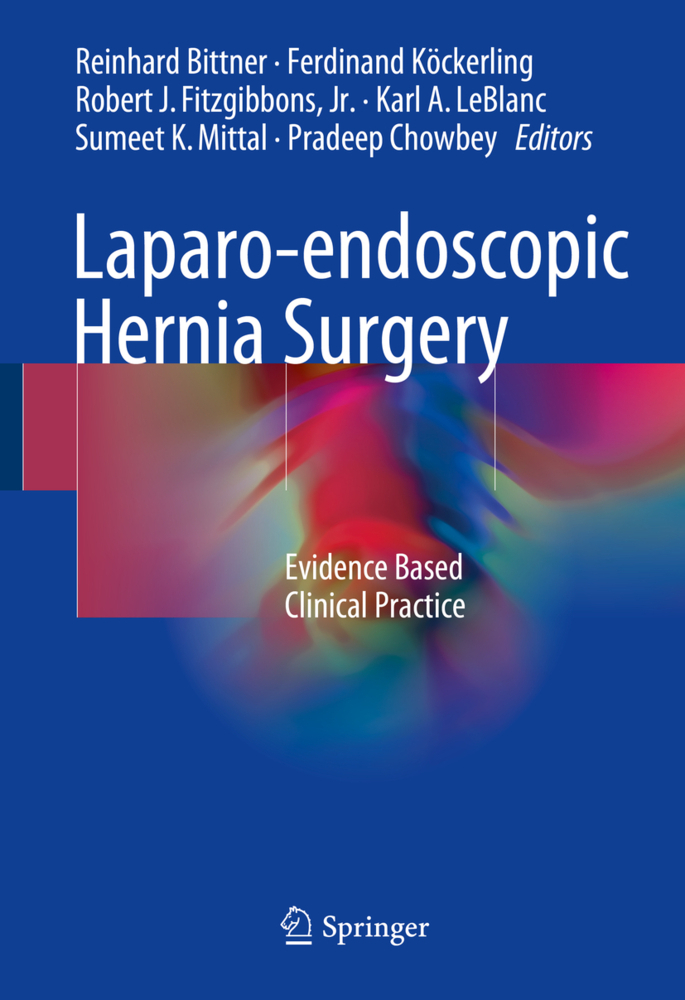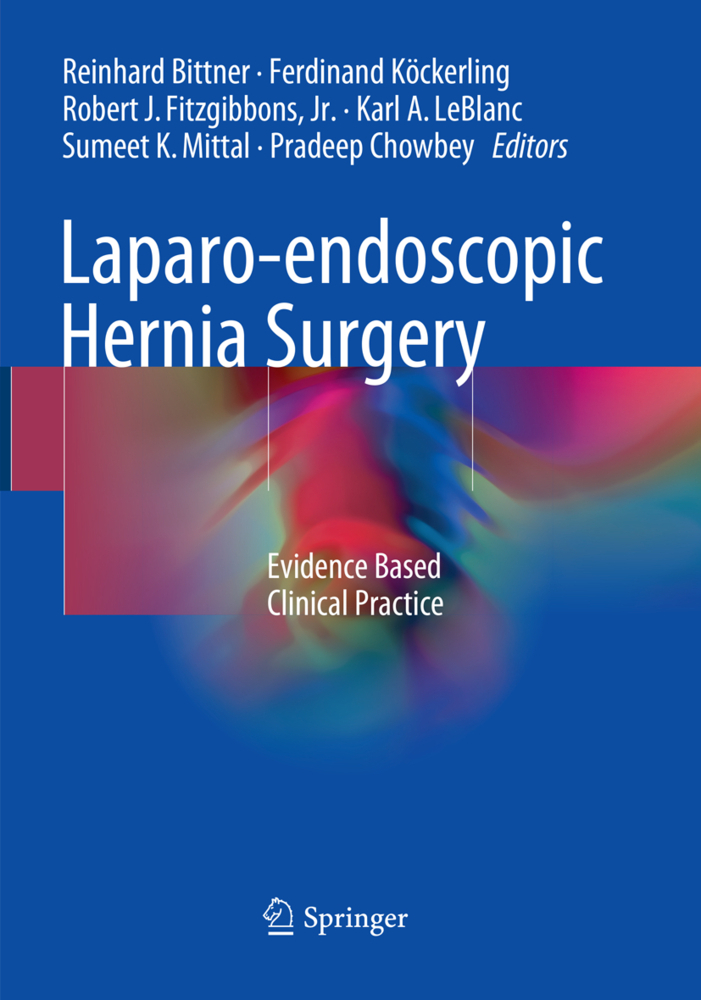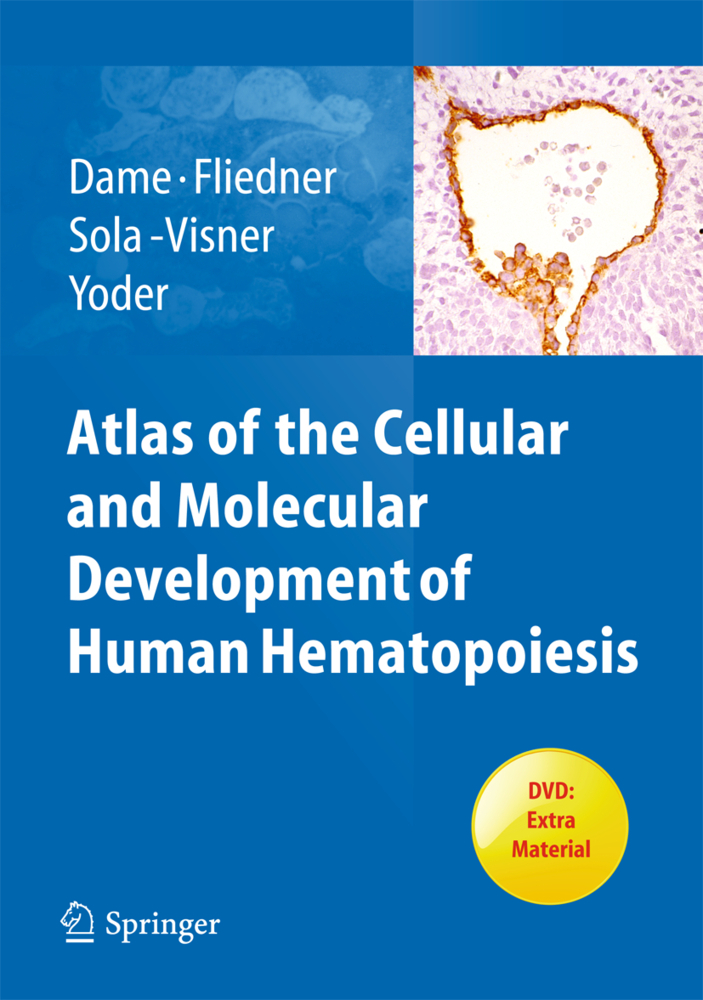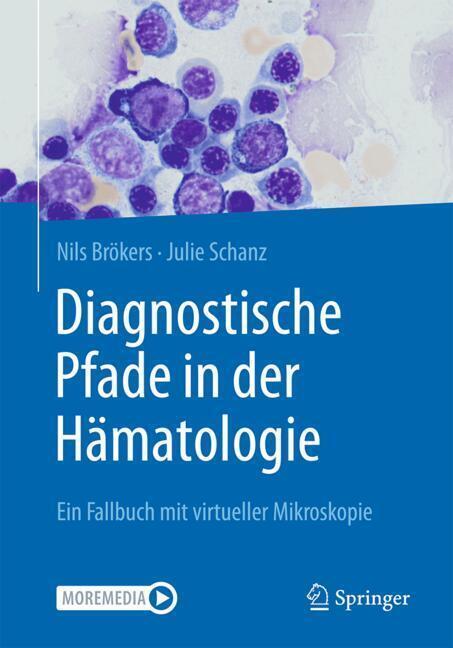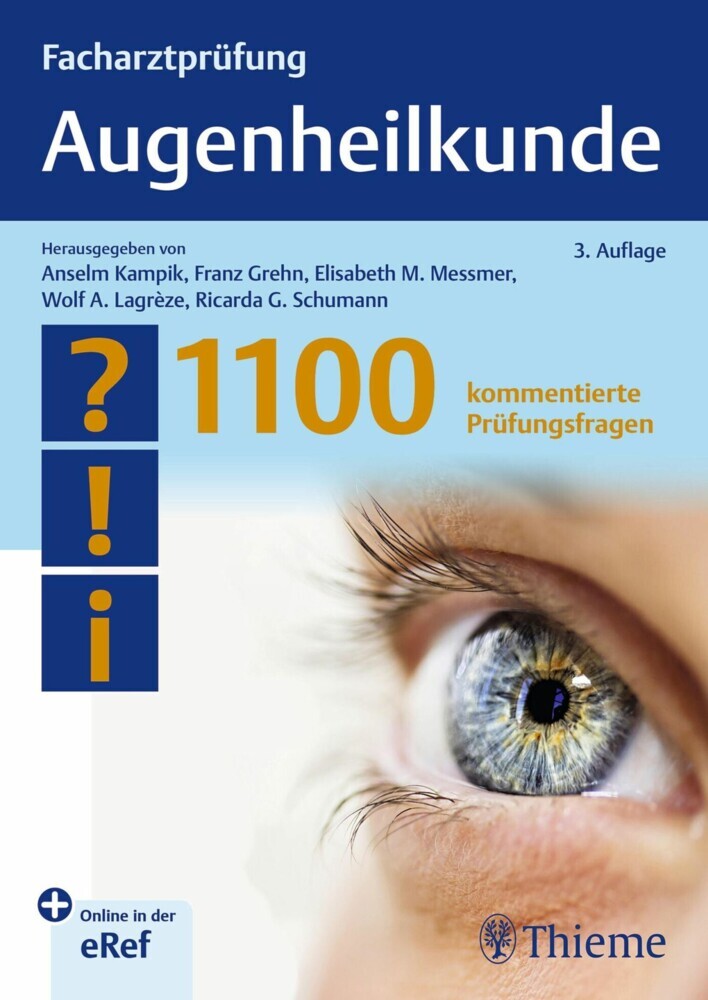Laparo-endoscopic Hernia Surgery
Evidence Based Clinical Practice
This book is distinctive in that it focuses exclusively on current laparoscopic and endoscopic techniques for inguinal, primary and incisional abdominal wall, and hiatal hernias. Individual steps in diagnosis and treatment are described by experts in the field, but this clinical expertise is also integrated with the best available external evidence from systematic research as encapsulated in statements, recommendations, and guidelines. The reader will thus not only learn how to perform techniques systematically and reproducibly but also come to understand which of the procedures have been scientifically validated by studies, reviews, and meta-analyses and which have simply developed empirically. The descriptions of technique are supplemented by detailed guidance on such aspects as indications, anesthesia, aftercare and pain management, and the prevention and management of complications. Where appropriate, careful comparisons are made of competing repair options, including open techniques. In summary, this book will help practicing surgeons to standardize their operative technique so as to reflect current scientific knowledge and thereby improve the quality of laparoscopic/endoscopic hernia surgery.
Classification
Laparoscopic surgical techniques - working mechanisms
Indication for surgery, laparoscopic or endoscopic techniques
Perioperative management
Anaesthesia
Technique Transabdominal Preperitoneals Patch Plasty (TAPP) / Standard technique
Technique Total Extraperitoneal Patch Plasty (TEP) / Standard technique
Comparison TAPP vs. TEP - what is better?
Complex inguinal hernias
Mesh technology
Convalescence
Chronic Pain
Costs
Sportsman hernia
Comparison to open techniques. Ventral and incisional hernias: Anatomy of the abdominal wall - what is important for laparoscopic surgery?
Ventral and incisional hernias - different diseases?
Pathophysiology and diagnostics
Classification
Indication for laparoscopic surgery / Limitations
Perioperative Management
Anaesthesia
Standard technique - key points of laparoscopic surgery
Aftercare and pain management
Complicationsand prevention / Pitfalls / Comparison to open surgery
Education and learning curve
Complex hernias
Mesh technology
Indication for prophylactic mesh implantation
Miniopen, endoscopic supported sublay repair
Lumbar and other unusual hernias
Single Port Technique. Hiatal Hernias: Anatomy of the hiatus esophageus - what is important for laparoscopic surgery?
Pathophysiology of herniation and diagnostics
Classification
Indication for laparoscopic repair. Reflux disease. Paraesophageal hernias. Limitations
Perioperative Management
Anaesthesia
Dissection of the hernia sac - always complete?
Division of short gastric vessels
Preservation of n. vagus and ramus hepatopyloricus of n. vagus
Cruroraphy
Nissen fundoplication
Toupet semi-fundoplication
Rare types of repair - Dor, Belsey Mark IV, Hill, Fundo-phrenicopexie
Mesh implatation - strip, u-shape, circular?
Mesh fixation
Mesh technology
Complications and prevention
Complex hernias
Comparisons
New technology development - robotics, single port
Education and learning curve.
Inguinal Hernia: Anatomy of the groin - laparoscopic view
DiagnosticsClassification
Laparoscopic surgical techniques - working mechanisms
Indication for surgery, laparoscopic or endoscopic techniques
Perioperative management
Anaesthesia
Technique Transabdominal Preperitoneals Patch Plasty (TAPP) / Standard technique
Technique Total Extraperitoneal Patch Plasty (TEP) / Standard technique
Comparison TAPP vs. TEP - what is better?
Complex inguinal hernias
Mesh technology
Convalescence
Chronic Pain
Costs
Sportsman hernia
Comparison to open techniques. Ventral and incisional hernias: Anatomy of the abdominal wall - what is important for laparoscopic surgery?
Ventral and incisional hernias - different diseases?
Pathophysiology and diagnostics
Classification
Indication for laparoscopic surgery / Limitations
Perioperative Management
Anaesthesia
Standard technique - key points of laparoscopic surgery
Aftercare and pain management
Complicationsand prevention / Pitfalls / Comparison to open surgery
Education and learning curve
Complex hernias
Mesh technology
Indication for prophylactic mesh implantation
Miniopen, endoscopic supported sublay repair
Lumbar and other unusual hernias
Single Port Technique. Hiatal Hernias: Anatomy of the hiatus esophageus - what is important for laparoscopic surgery?
Pathophysiology of herniation and diagnostics
Classification
Indication for laparoscopic repair. Reflux disease. Paraesophageal hernias. Limitations
Perioperative Management
Anaesthesia
Dissection of the hernia sac - always complete?
Division of short gastric vessels
Preservation of n. vagus and ramus hepatopyloricus of n. vagus
Cruroraphy
Nissen fundoplication
Toupet semi-fundoplication
Rare types of repair - Dor, Belsey Mark IV, Hill, Fundo-phrenicopexie
Mesh implatation - strip, u-shape, circular?
Mesh fixation
Mesh technology
Complications and prevention
Complex hernias
Comparisons
New technology development - robotics, single port
Education and learning curve.
Bittner, Reinhard
Köckerling, Ferdinand
Fitzgibbons, Jr., Robert J.
Leblanc, Karl A.
Mittal, Sumeet K.
Chowbey, Pradeep
| ISBN | 978-3-662-55491-3 |
|---|---|
| Artikelnummer | 9783662554913 |
| Medientyp | Buch |
| Copyrightjahr | 2018 |
| Verlag | Springer, Berlin |
| Umfang | XVI, 483 Seiten |
| Abbildungen | XVI, 483 p. 281 illus., 274 illus. in color. |
| Sprache | Englisch |

